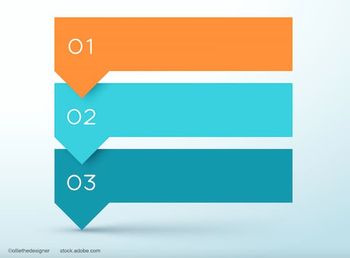
New tool to evaluate dark adaptation
Almost 70% of patients with age-related macular degeneration (AMD) are unaware of their disease until vision loss has occurred, said Gregory R. Jackson, PhD.
Orlando-Almost 70% of patients with age-related macular degeneration (AMD) are unaware of their disease until vision loss has occurred, said Gregory R. Jackson, PhD.
“Obviously, we are not adequately detecting early AMD with current methods,” said Dr. Jackson, Penn State College of Medicine, Hershey, PA.
Dark adaptation impairment is a prominent visual function deficit in AMD, even among those with normal visual acuity, and is a potentially potent method for early AMD detection, he said.
Dark adaptation evaluates the transition from day to night vision, but traditional tests that measure it are time consuming regardless of disease severity, Dr. Jackson said.
In some cases, it can take the patient up to 90 minutes for complete recovery after dark adaptation evaluations, he added. One device (AdaptDx, MacuLogix) provides an objective estimate and interpretation of dark adaptation, with low patient burden, Dr. Jackson said.
Dr. Jackson added that he and his colleagues undertook a multisite evaluation (Massachusetts Eye and Ear Infirmary, Johns Hopkins University, and Penn State) of 127 patients with AMD and 21 normal patients. Dark adaptation was measured using the device, which classified subjects as having normal or impaired dark adaptation based on a predetermined cut point of 6.5 minutes for recovery.
The device showed a 90.6% sensitivity and a 90.5% specificity, compared with 80% for slit lamp AMD evaluations, he said.
“For those with AMD, it took 8 minutes longer to recover,” Dr. Jackson concluded.
For more articles in this issue of Ophthalmology Times’ Conference Brief, click
Newsletter
Don’t miss out—get Ophthalmology Times updates on the latest clinical advancements and expert interviews, straight to your inbox.














































.png)


